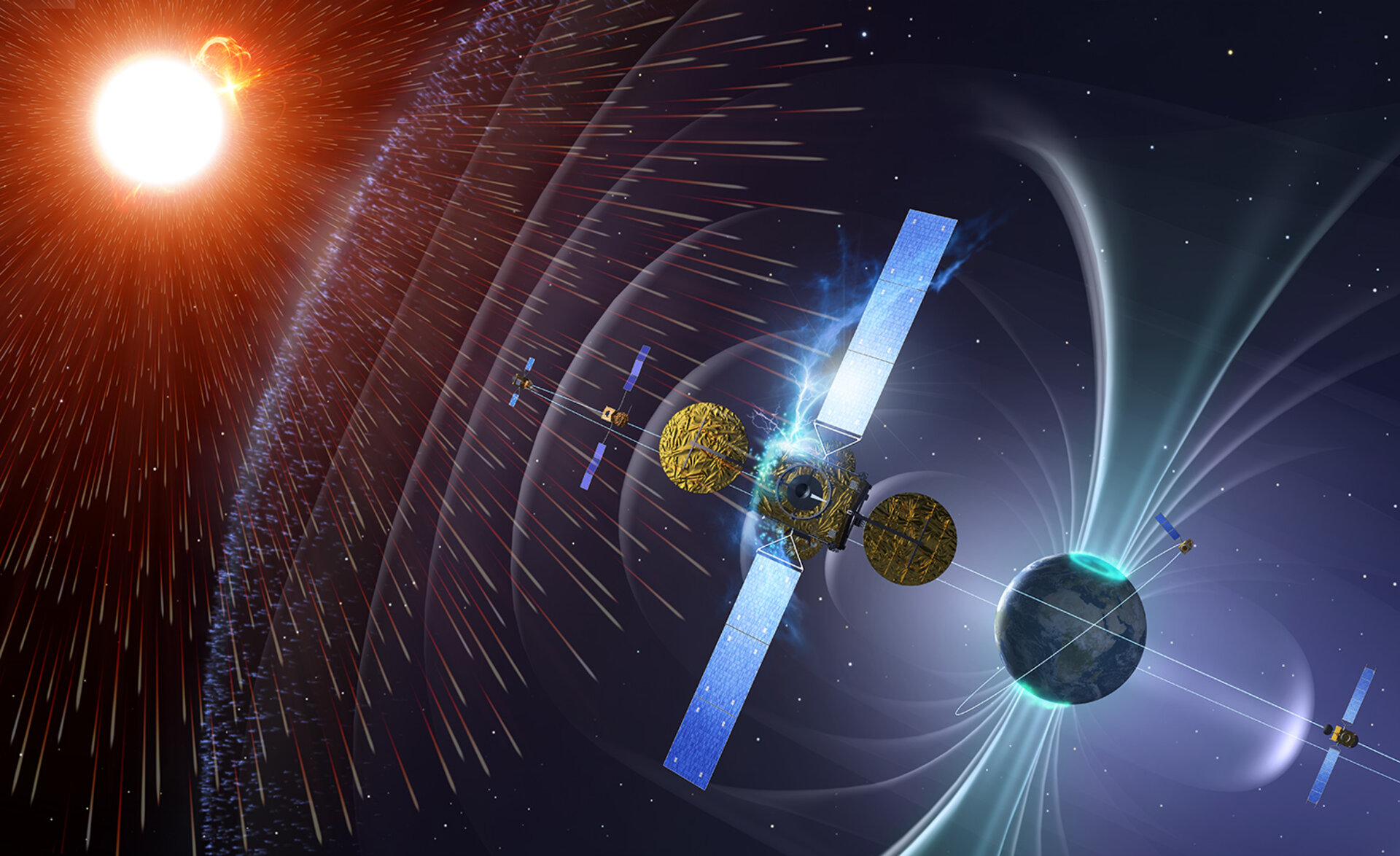Keeping watch on our seething Sun
Our Sun is more active now than it has been for the past four years. Increasingly, energetic particles and radiation are being ejected toward the Earth, posing significant hazards for our spaceborne and ground-based infrastructure. Next year will see the start of ESA’s precursor space weather warning services under the SSA Preparatory Programme.
Space-based systems have become indispensable to many services critical to Europe's economies. Any shutdown or loss of services from these systems would seriously affect an enormous range of commercial and civil activities, including land, air and sea travel, maritime navigation, IT, broadcasting, climate monitoring and weather forecasting.

Solar activity can interrupt satellite operations and damage sensitive electronics, interfere with telecommunication and power networks on Earth and disturb a wide range of economic activity, from aviation and tourism to oil drilling and surveying.
"According to current predictions, in mid-2013, the Sun will go through its most active phase in the current solar cycle," says Alexi Glover, a scientist at ESA's Space Situational Awareness programme office.
Europe has some of the world's top experts
In order to achieve reliable services, constant monitoring of the space environment from a range of vantage points is needed, together with timely dissemination of reliable data to the service users.
Details on European Space Weather Week at end of article
"We are developing our space weather warning services by exploiting existing European expertise in the space weather area," says Juha-Pekka Luntama, Head of the Space Weather Segment in the SSA office.
"Europe has some of the world's top experts in solar and magnetospheric physics and many institutes and organisations have already established space-weather services."
"Under the SSA Programme, our objective is to coordinate and support these activities to provide services that will help protect European spaceborne and ground-based assets from damage by space weather events."
European centres of excellence
Solar particles and radiation are measured by several institutes in Europe: the Space Weather Application Centre Ionosphere (SWACI) in Neustrelitz, Germany, watches the state of the ionosphere and predicts changes, and the Solar Influences Data Centre (SIDC) in Brussels, Belgium, publishes space weather forecasts, including data on sunspots, which serve as an indicator for solar activity.
SWACI and SIDC are only two of 16 institutes across Europe that focus on measuring solar activity and producing space weather forecasts.
Combining resources

"In 2011, many of these existing systems were extensively assessed by ESA specialists, in order to see if we can merge them into an efficient space weather warning service as soon as possible," says Luntama.
"We aim to launch the initial SSA space weather warning services at the beginning of 2012, and a Space Weather Data Centre has been established at ESA's Redu Station, Belgium."
ESA experts have also begun to assess instruments to be flown in space for observing solar activity. These including measuring instruments and devices that could be launched on partner agency satellites as hosted payloads to gather data.
Eighth European Space Weather Week
New results from ESA's SSA activities will be presented and discussed at the eighth European Space Weather Week (ESWW) in Belgium, running from 28 November to 2 December.
"We are expecting more than 250 attendees from the European space weather community," says Glover, who is also co-chair of ESSW.
"We are looking forward to an exciting workshop with presentations by participants ranging from science experts to end-users of space-weather warning services.
"Furthermore, we will be discussing the steps for the establishment of a coordinated European space weather infrastructure to take us into the future."





